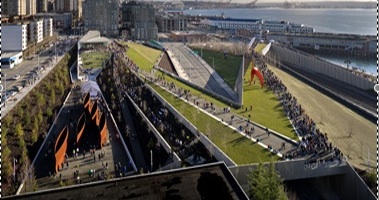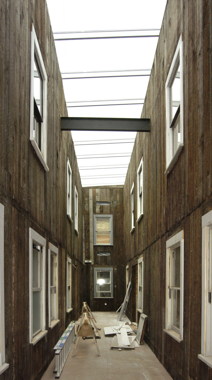 Art Scatter has an acquaintance with the Declaration of Independence, and the first part of that great second paragraph, Scatter can recite (with a little prompting):
Art Scatter has an acquaintance with the Declaration of Independence, and the first part of that great second paragraph, Scatter can recite (with a little prompting):
We hold these truths to be self-evident, that all men are created equal, that they are endowed by their Creator with certain unalienable Rights, that among these are Life, Liberty and the pursuit of Happiness. — That to secure these rights, Governments are instituted among Men, deriving their just powers from the consent of the governed, — That whenever any Form of Government becomes destructive of these ends, it is the Right of the People to alter or to abolish it, and to institute new Government, laying its foundation on such principles and organizing its powers in such form, as to them shall seem most likely to effect their Safety and Happiness.
On the other hand, we feel distant from these founding principles, and not just in time and place. This is the kind of government we signed on for — derived from the consent of the governed — and yet everywhere we look, we, the people, are thwarted. As all political science students know, we measure a democracy by the distance between two points: the will of the people and the policy of the government. The closer, the more democratic. And so on this celebration of American independence, of American democracy, we find our government in need of repair, profound repair: because that distance is so great; because so many powerful forces are determined to keep it that way; because it all seems so irreparable.
Government of the people. I spent the morning in Ashland, Oregon, watching that city’s Fourth of July parade, and if you know Ashland at all, you know it was, well, idiosyncratic. Would the Naked Lady of Ashland show up and if so, would she be wearing a bikini as she said she would, for propriety’s sake, or would she be skating, um, free? I count it a triumph of the Pursuit of Happiness that she was indeed skating free (though not in the official parade) and that though she was skating fast, it wasn’t because she was being chased by the Civil Authority. The city’s hula society paraded and so did its belly dancers, its gymnastic and circus academies, its veterans and its peace activists, various small bands and one large one assembled on three large flatbed trucks. The ACLU marched with some members dressed in orange prison suits with Abu Ghraib sacks over their heads. I could go on.
And then as the last drummer passed by, the street was filled with the unofficial part of the parade, the citizens of Ashland themselves, transformed from onlookers to participants, strolling down the street on a cool morning, enjoying the freedom of walking what has become a very busy street over the years. You know already where I’m going with this — onlooker AND participant, the perfect metaphor for a representative democracy. We watch and we join in. It’s crowded, it’s painful, and sometimes you think no intelligent consensus can possibly come from all of these people walking down this street — except there we all are, walking on that street, freely and with good intent. It’s enough by itself to make you want to fire a rocket in the air.
 Although the Los Angeles Times hasn’t made a formal announcement, four former editors of its esteemed book review section have protested the paper’s decision to eliminate it and move book reviews to the paper’s Calendar section. Their letter to the newspaper reads in part:
Although the Los Angeles Times hasn’t made a formal announcement, four former editors of its esteemed book review section have protested the paper’s decision to eliminate it and move book reviews to the paper’s Calendar section. Their letter to the newspaper reads in part:








